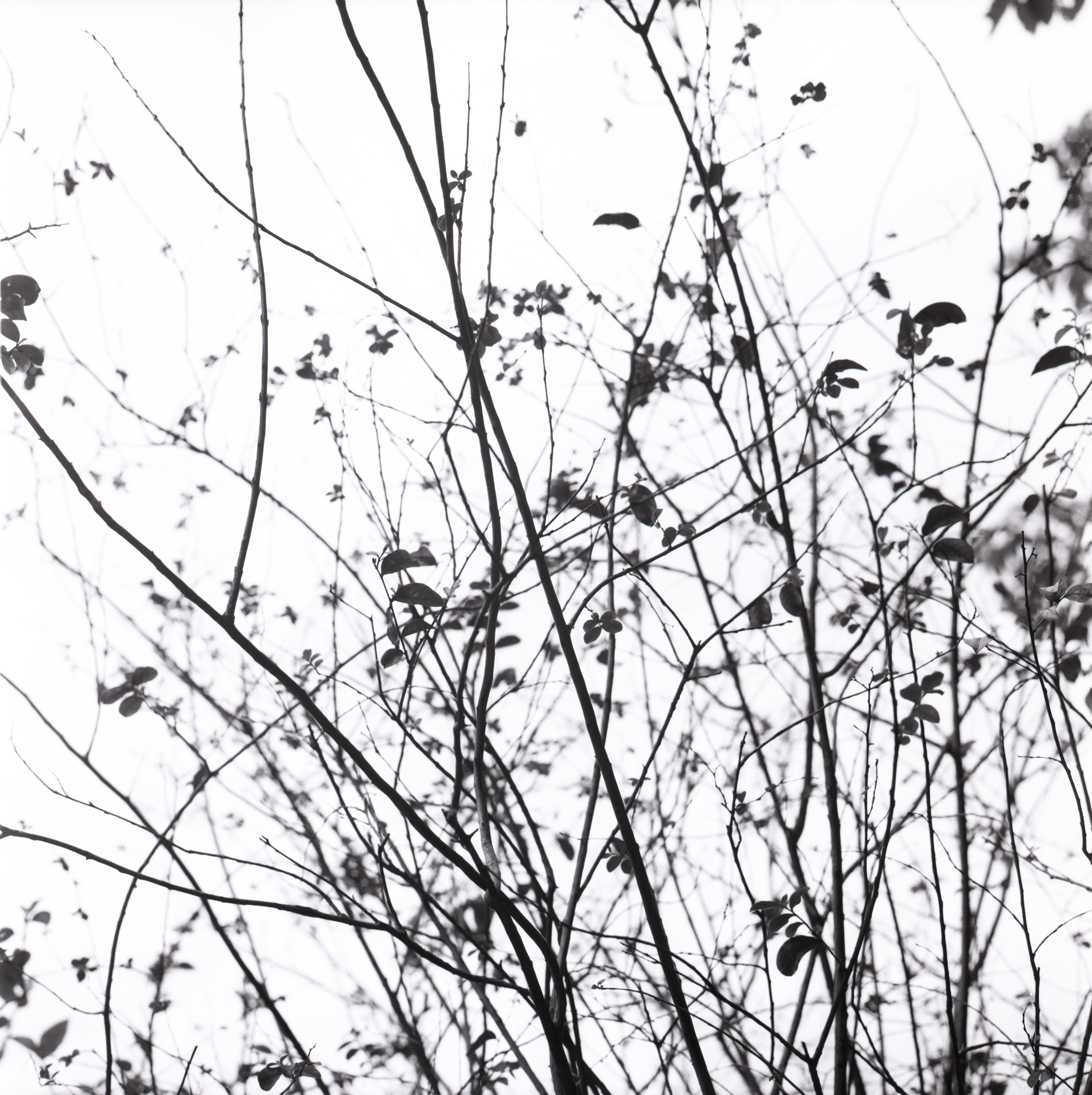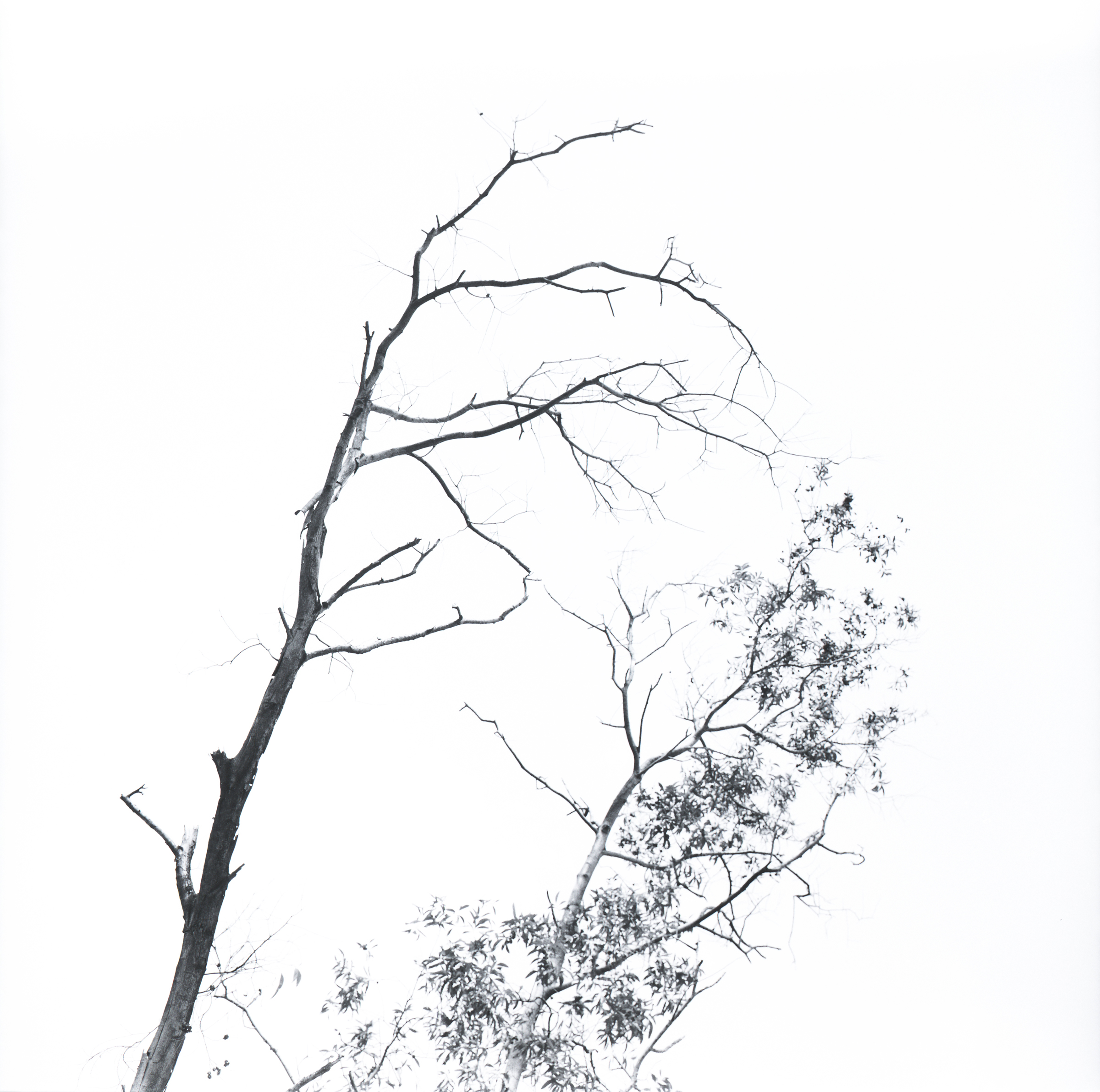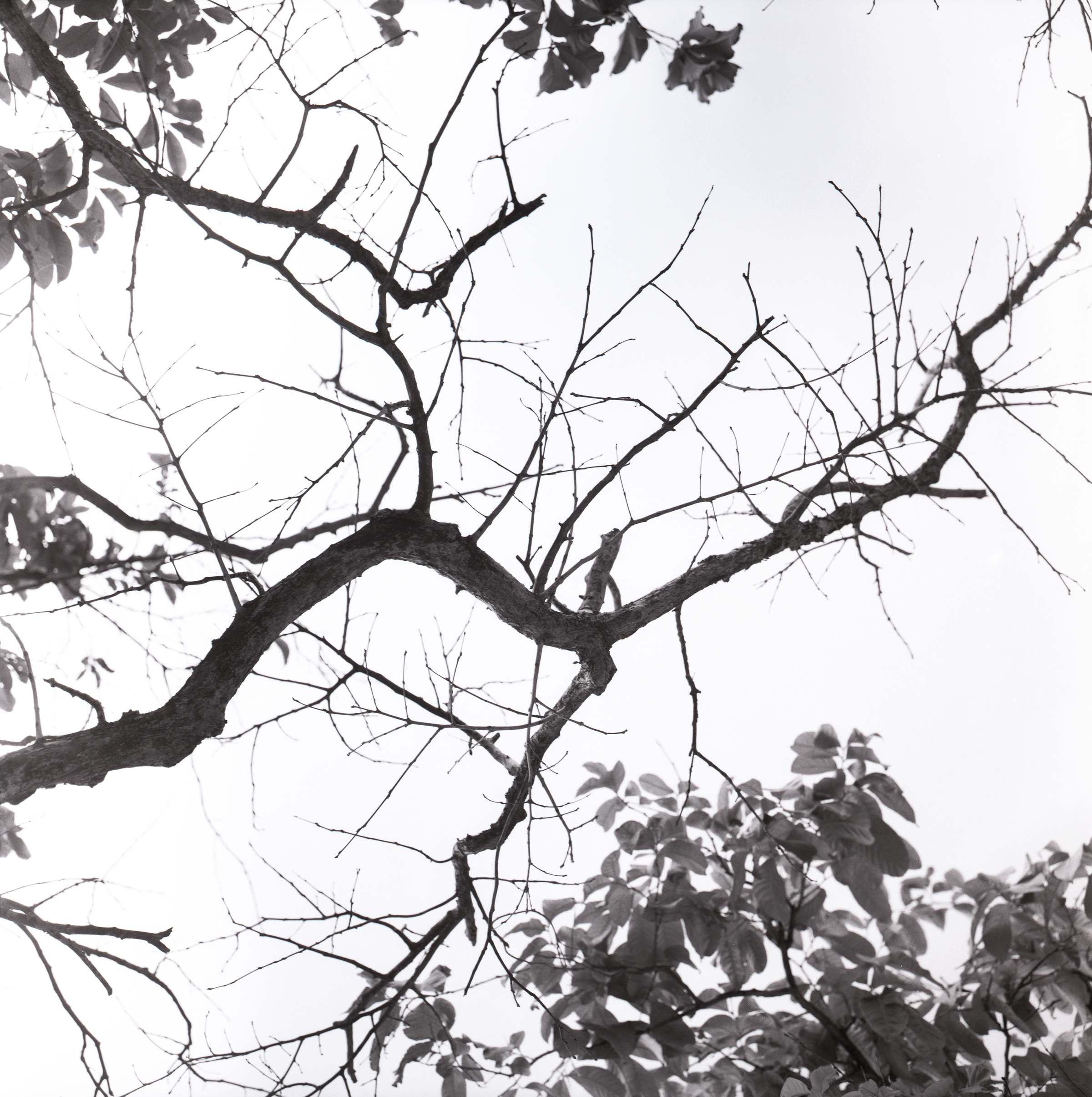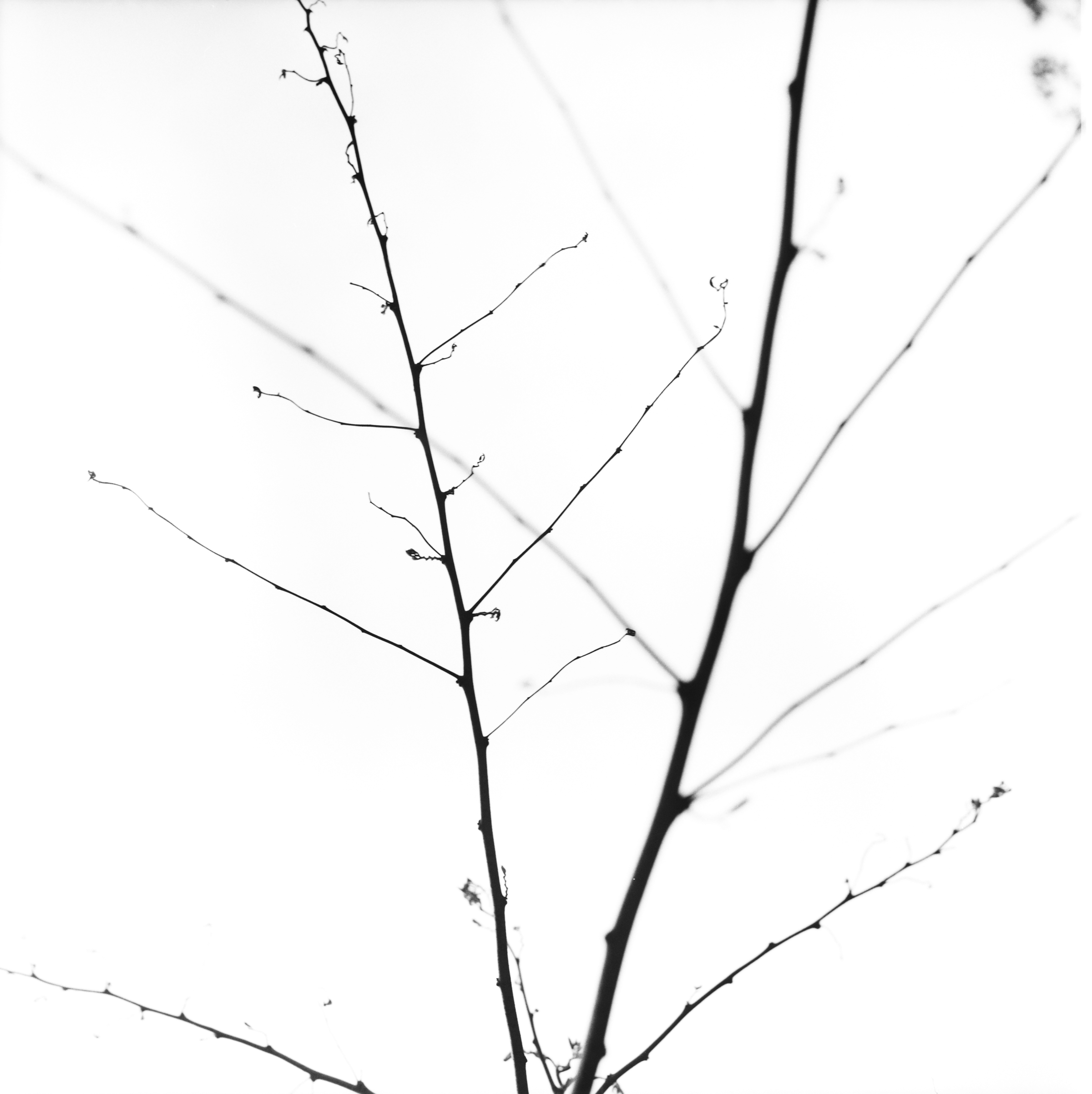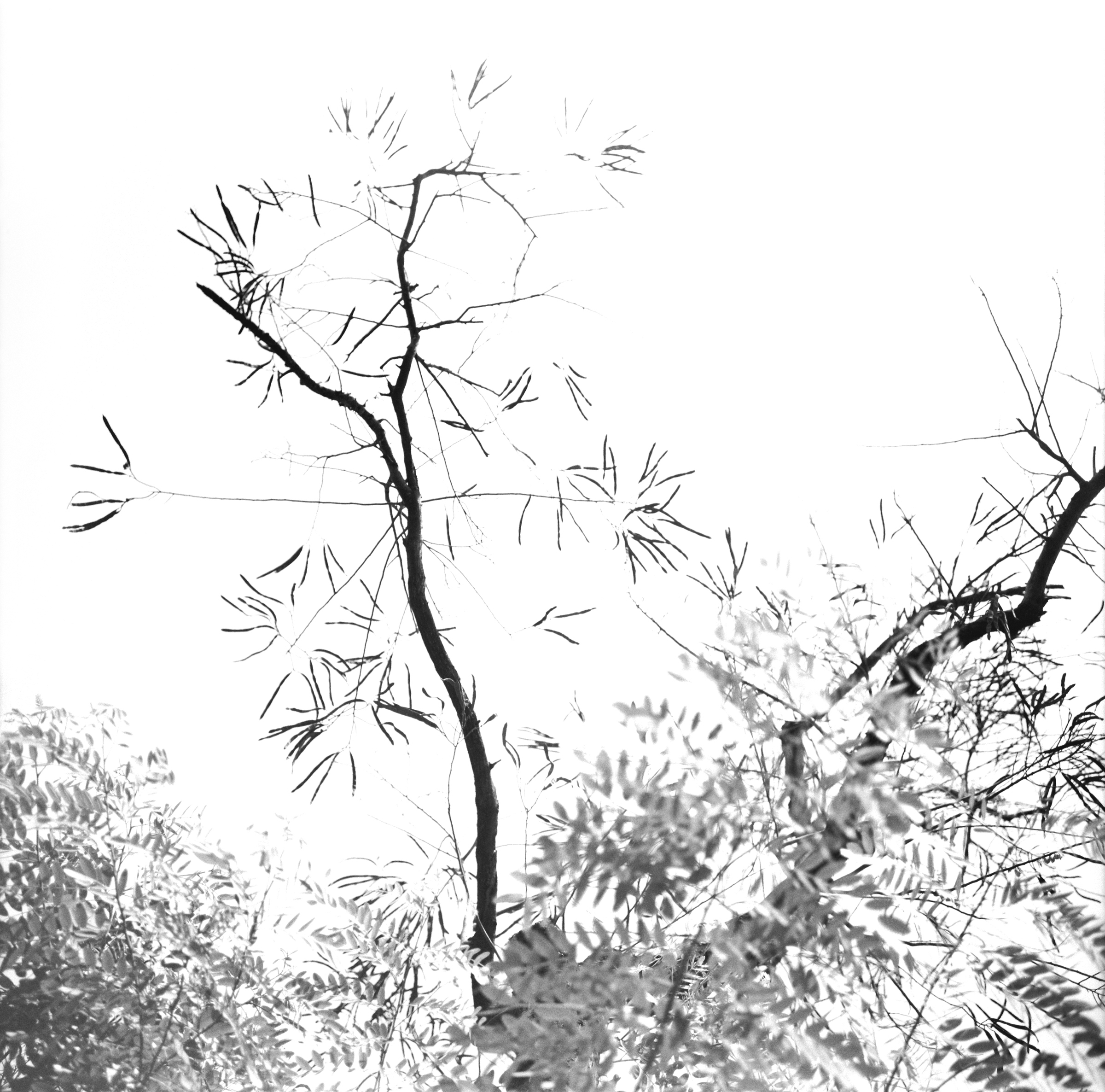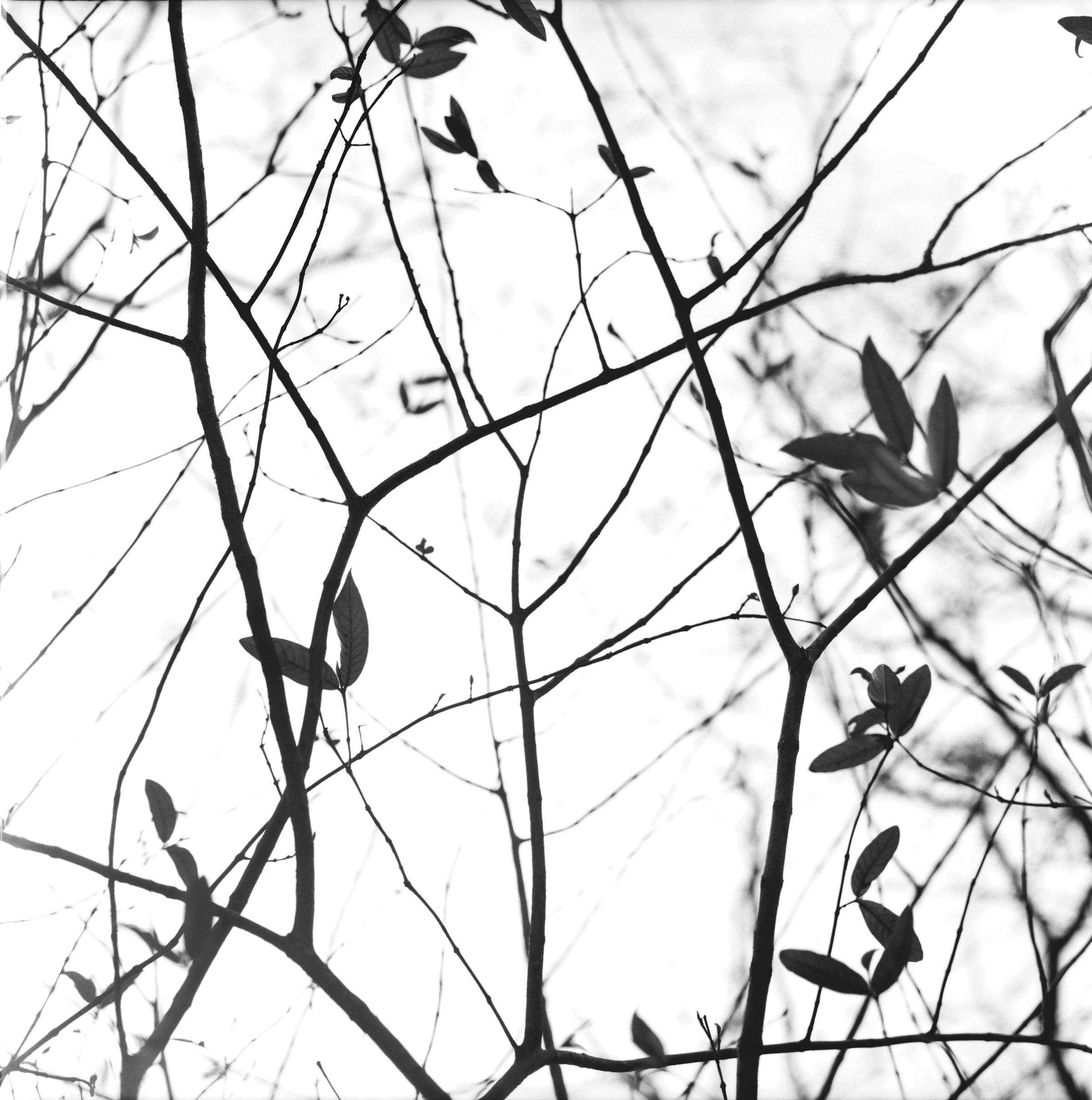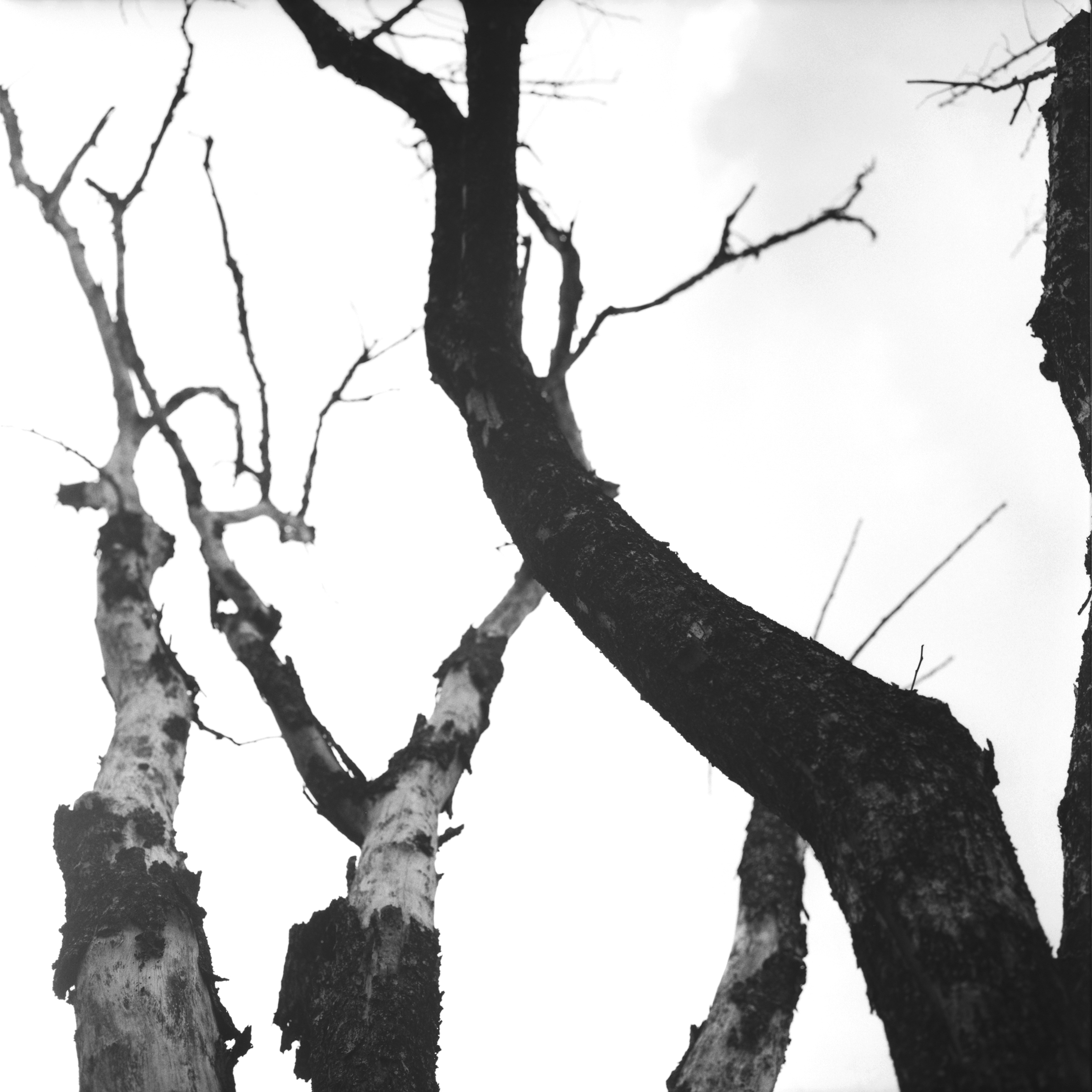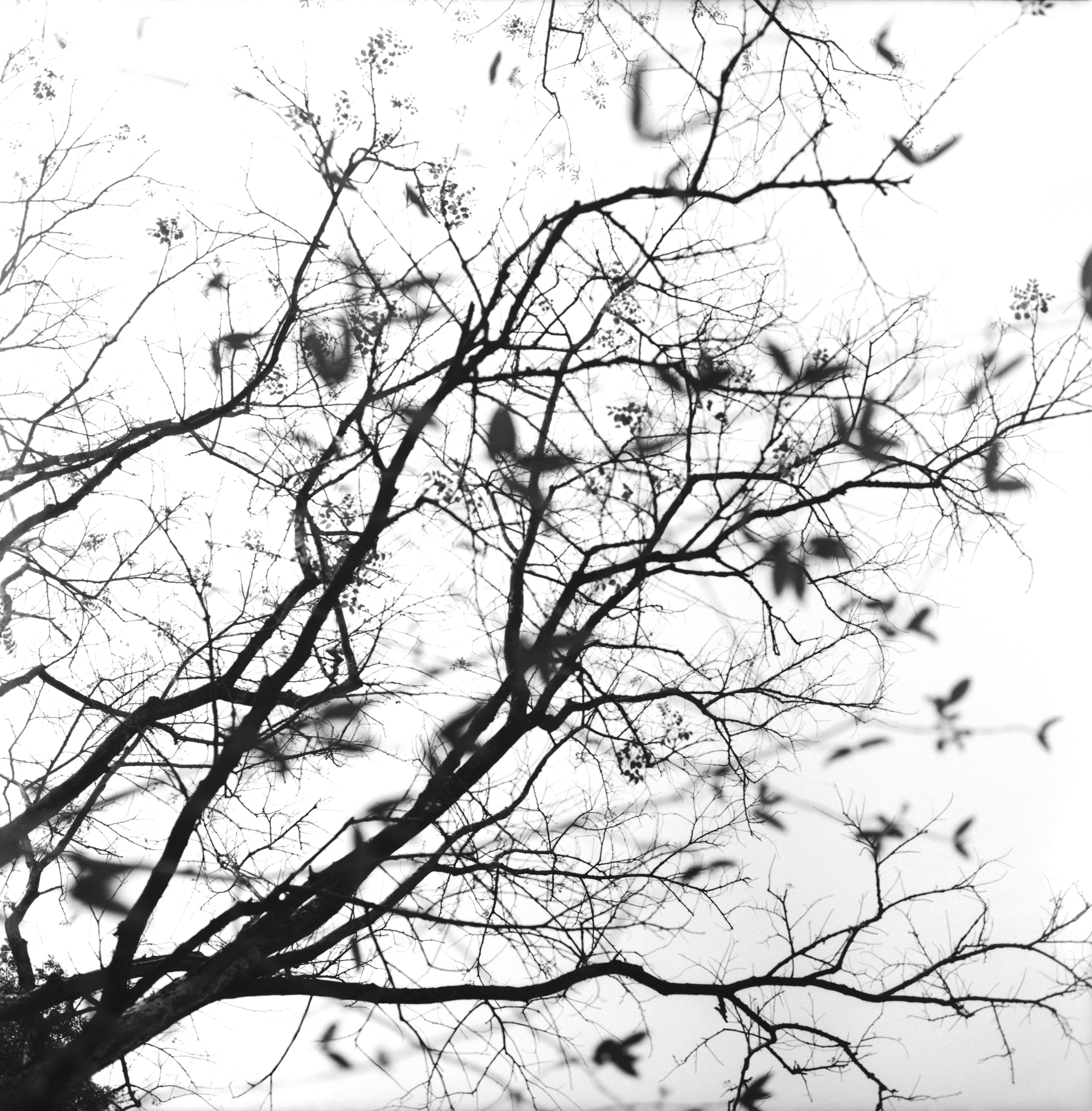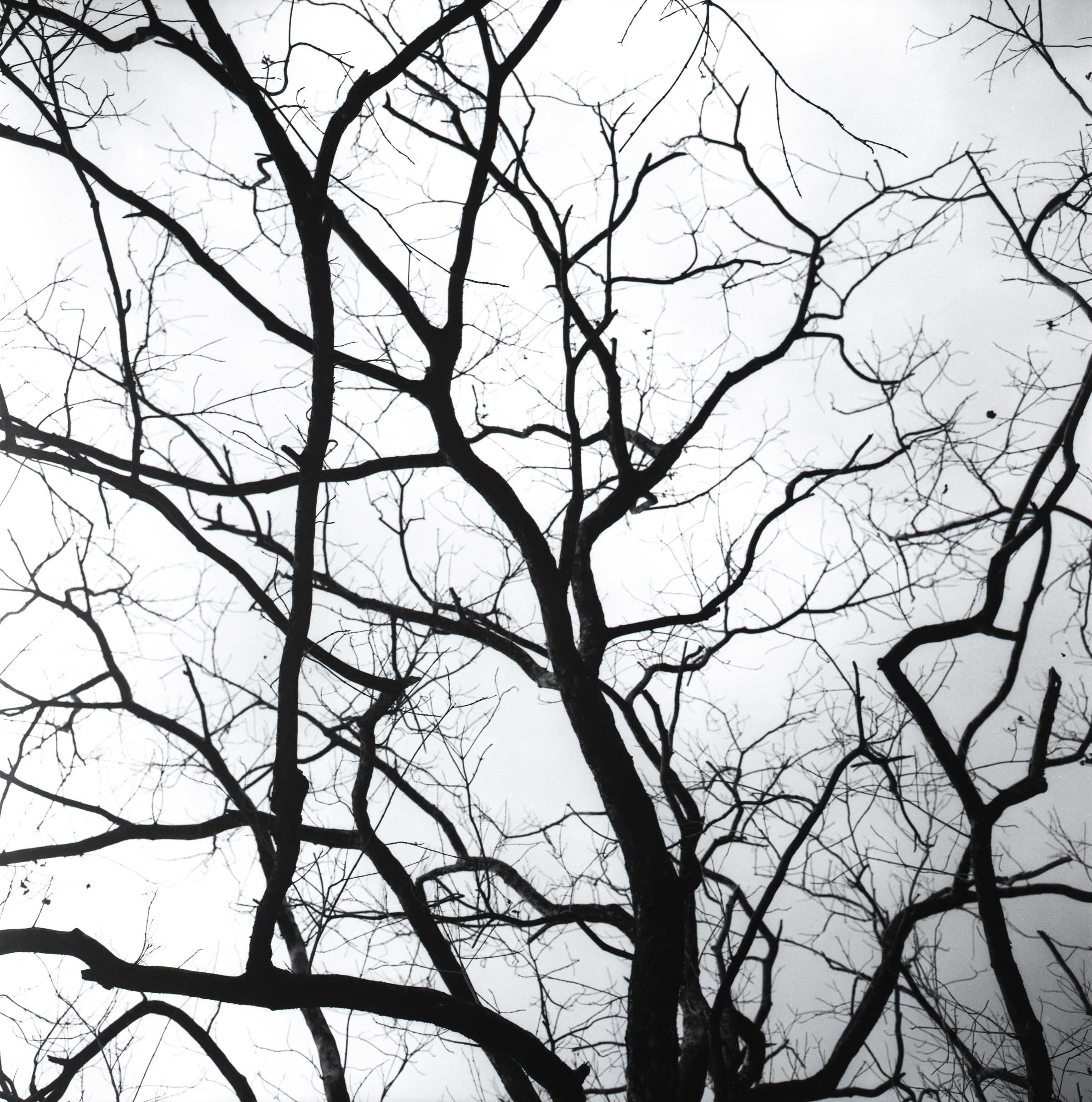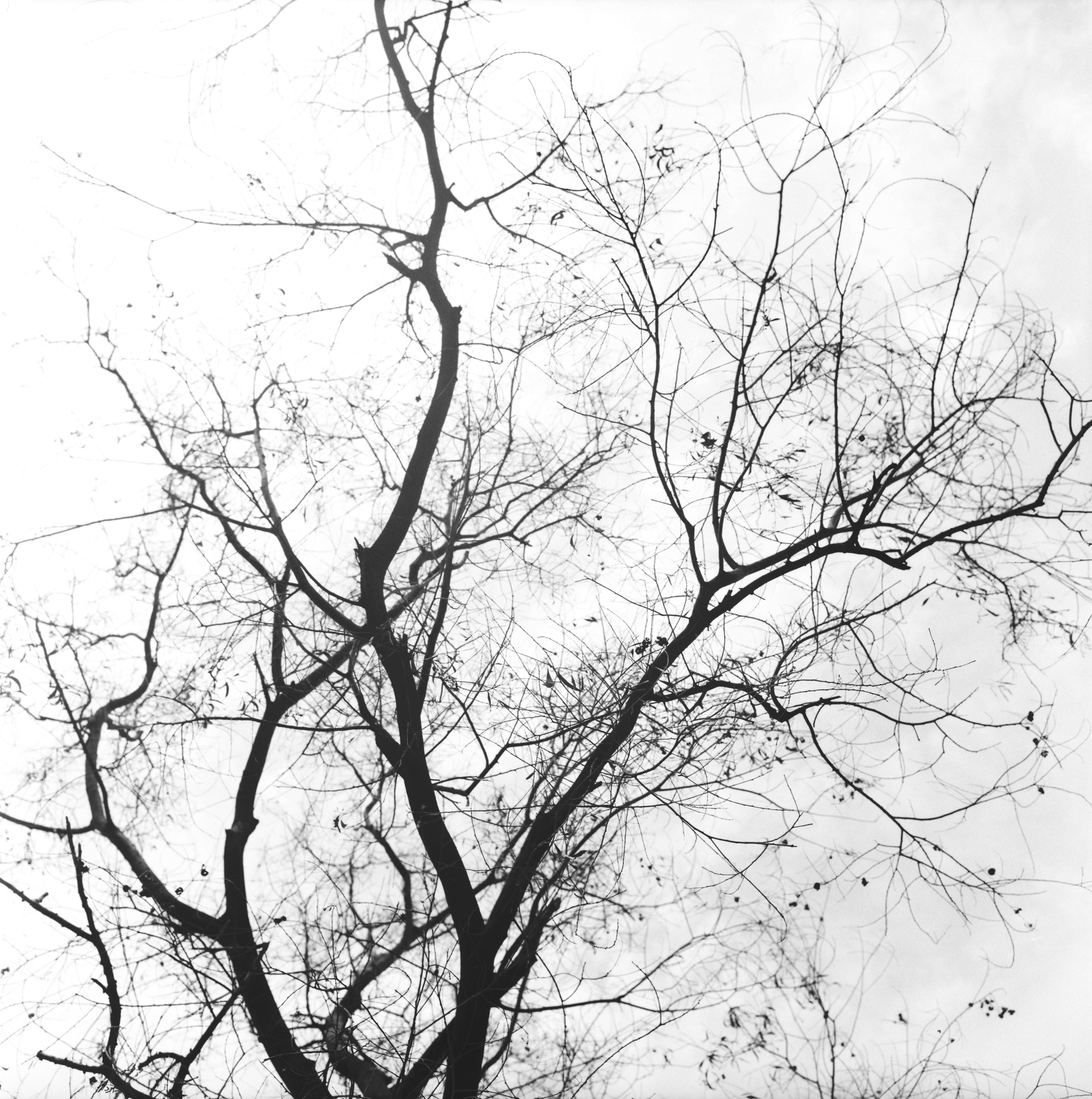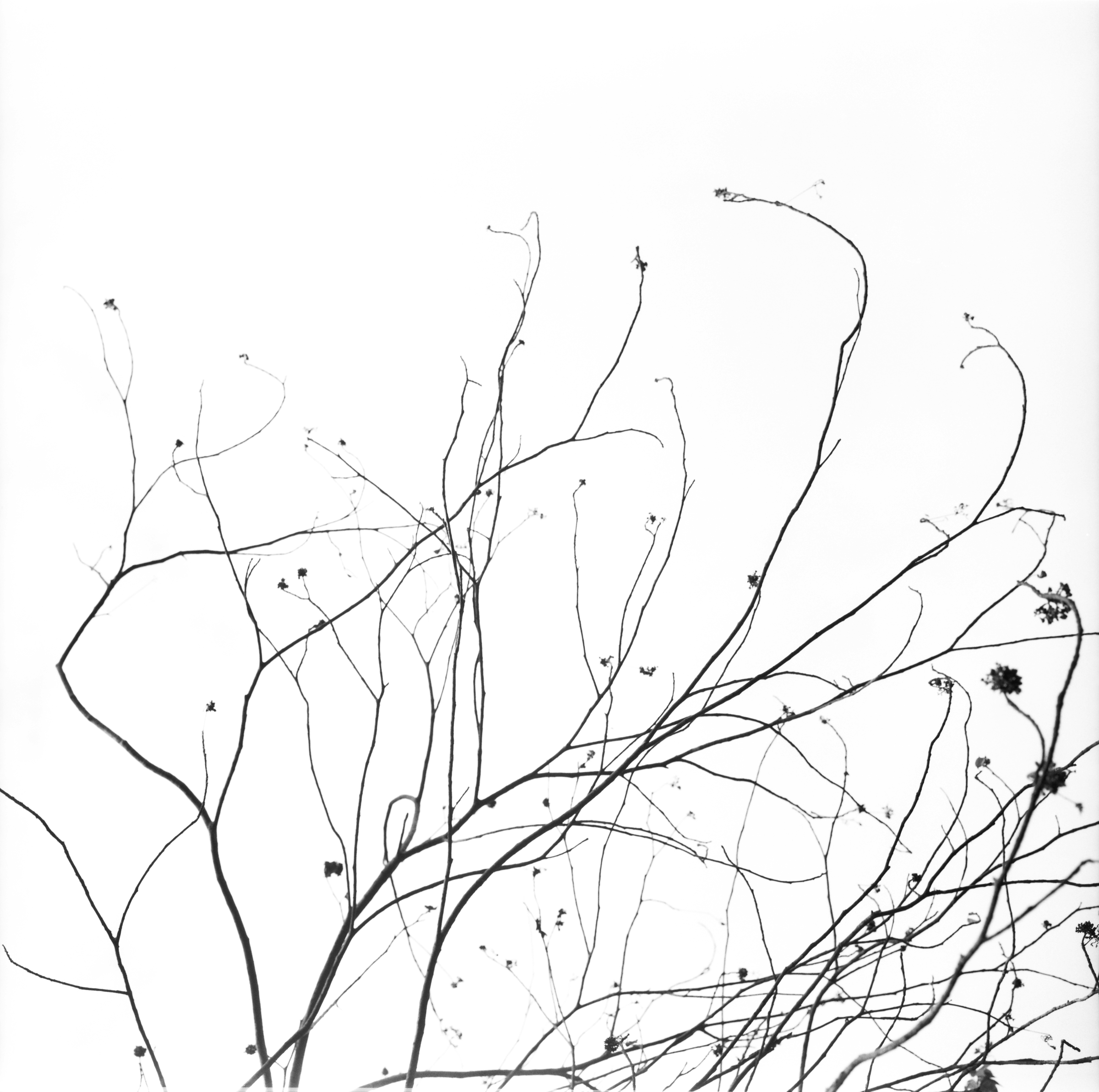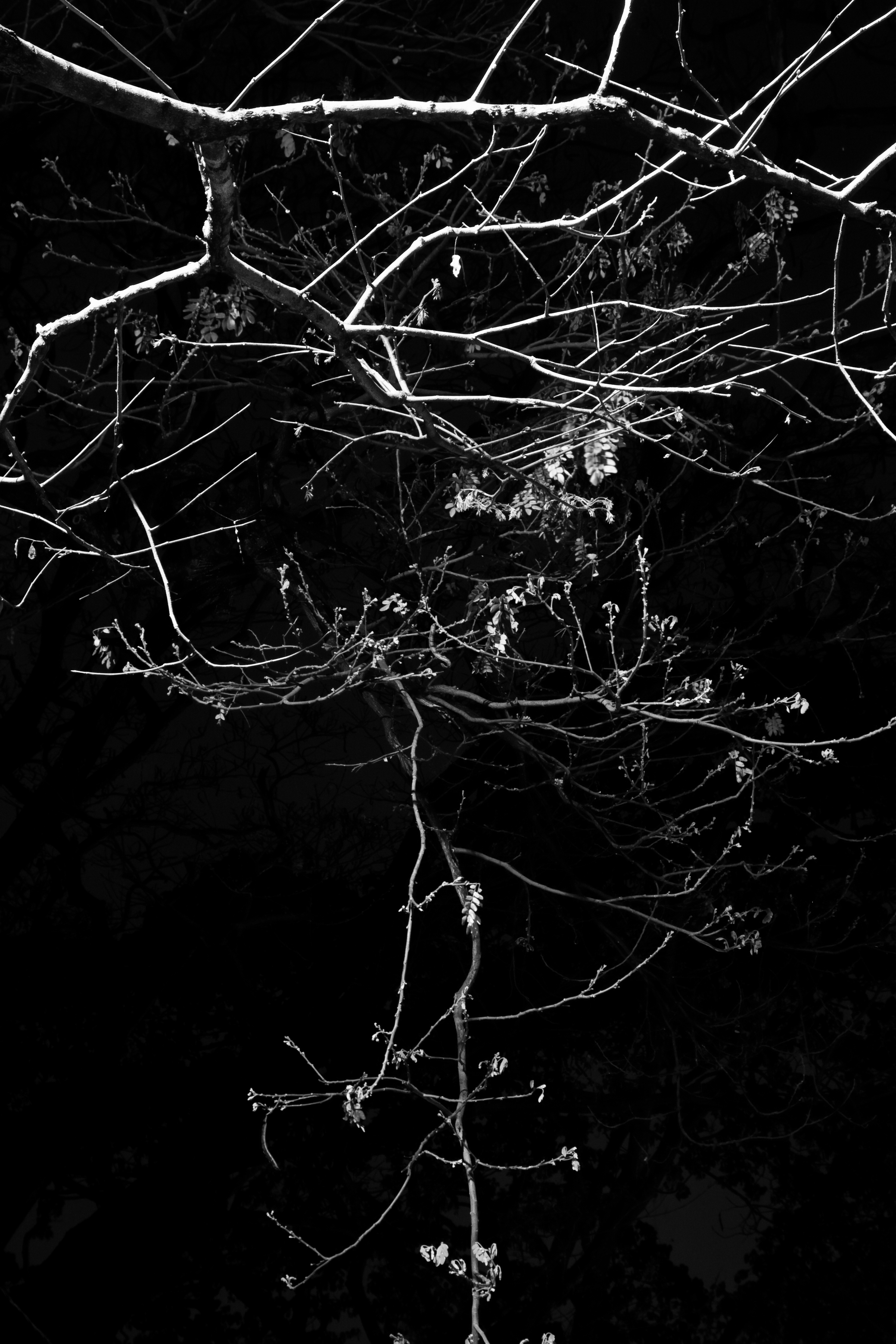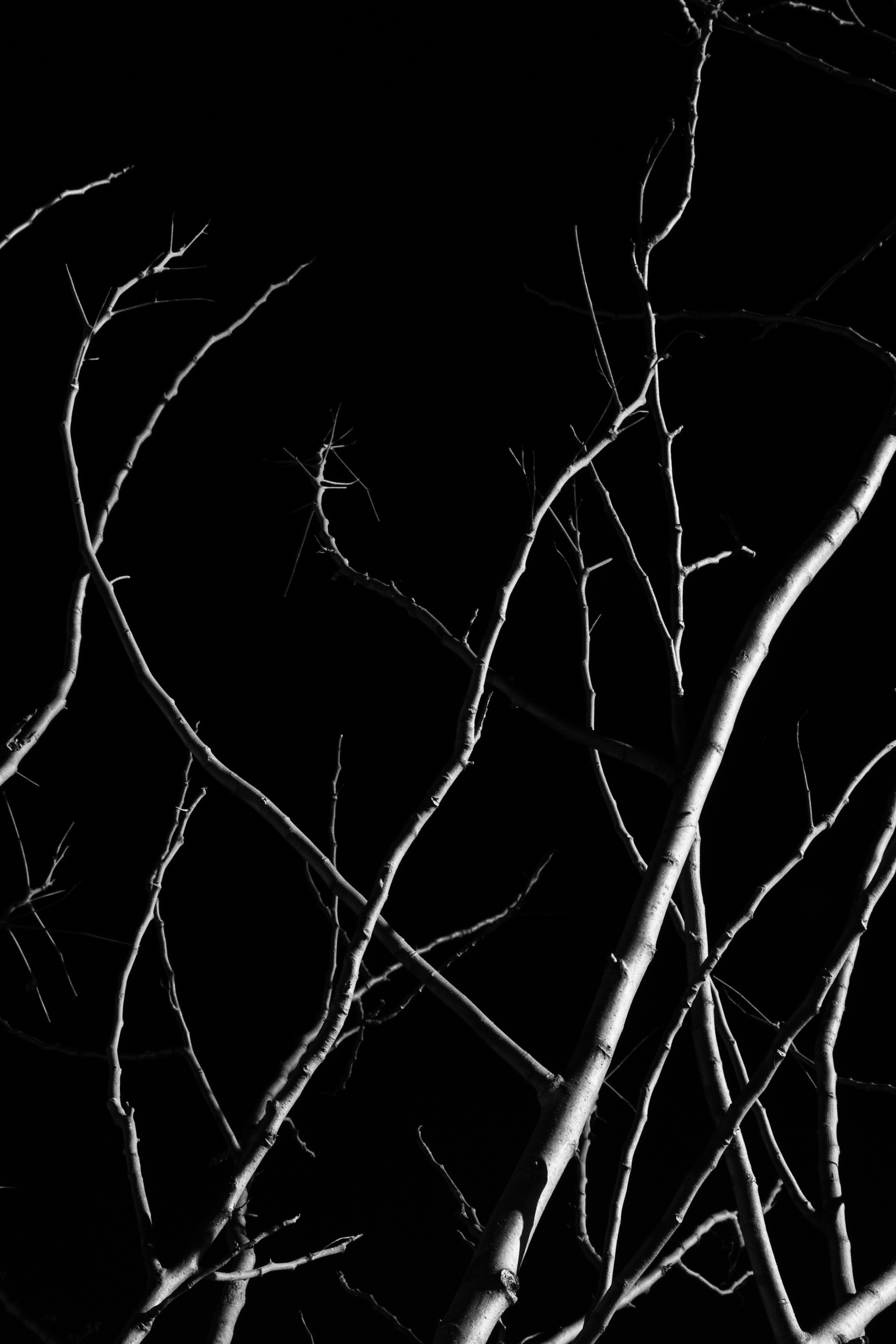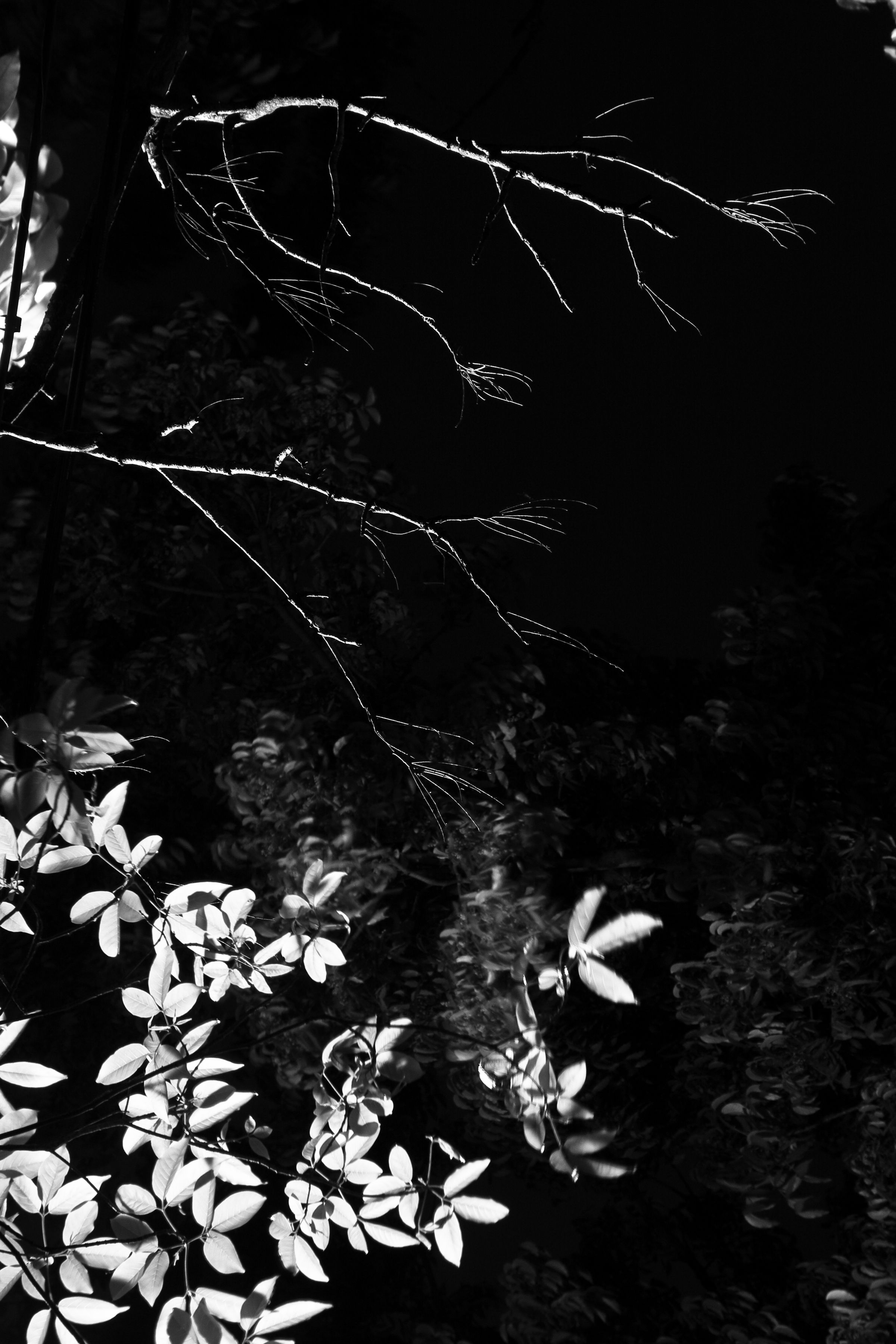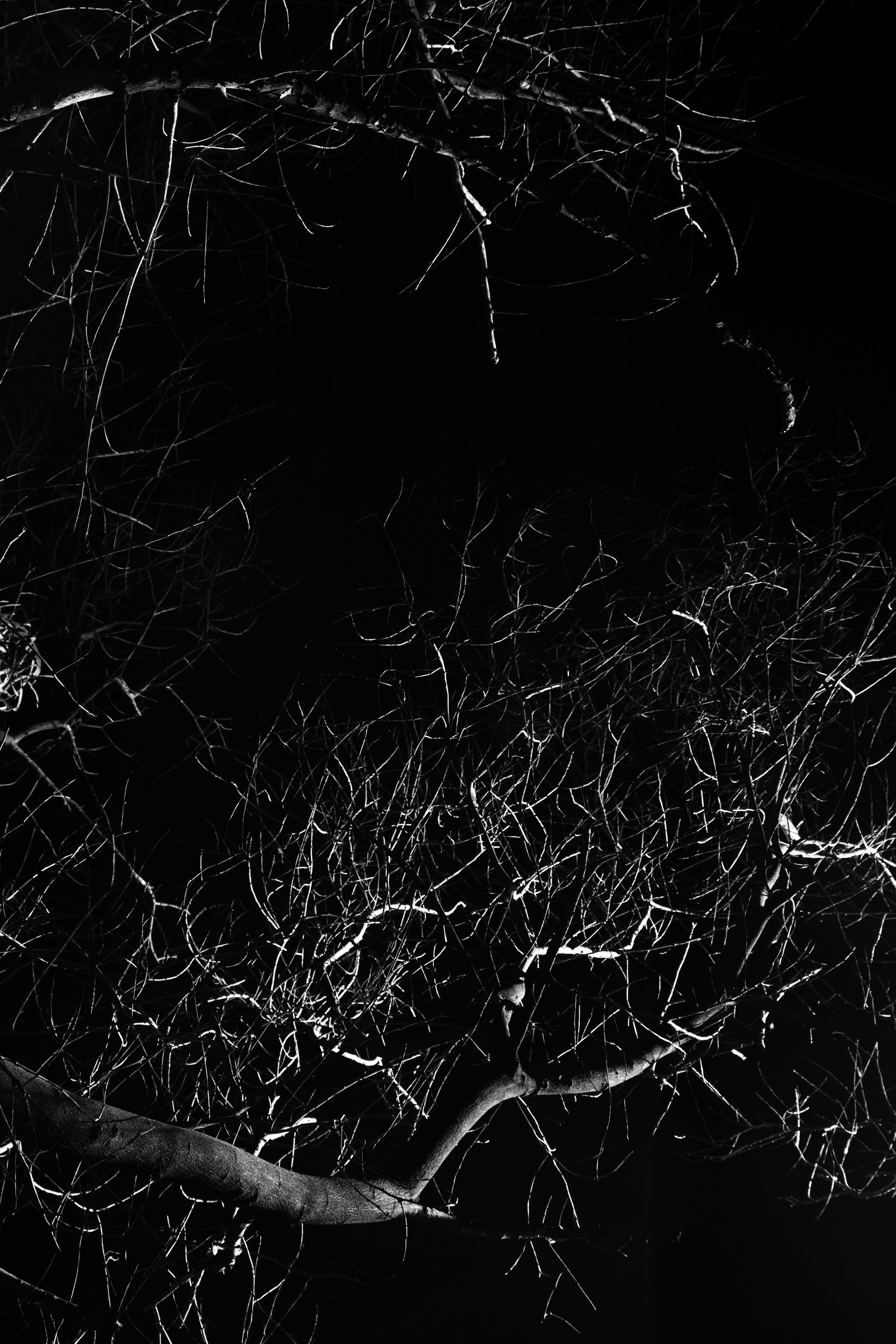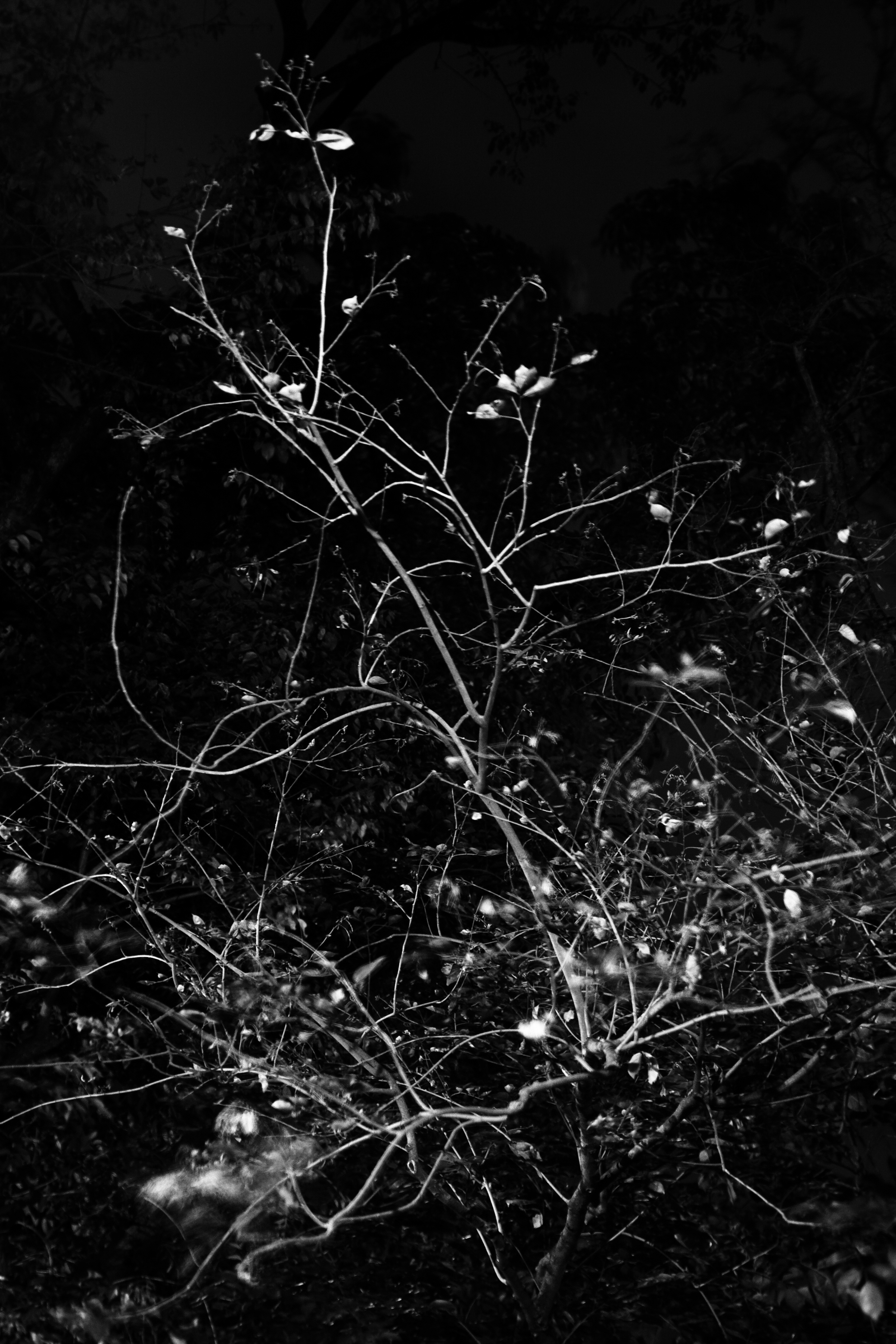
Some Die Young and Some Die Old
Corinne de San Jose
Silverlens, Manila
About
Corinne de San Jose’s fascination with what she calls “dead trees” started with a drawing book her father gave her as a child, teaching how to draw their silhouettes. Amused by the trees’ simplicity and awkward twists and bumps, and their being in-between life and actual death, de San Jose had then found the subject of her art. She just didn’t know it yet. Her “obsession” was there, which for years meant looking at “dead trees” and collecting them with her camera, but with a focus that was unattached to artistic expression.
But de San Jose’s photography, like the trees she loves looking at, find a way of growing despite the seemingly grim circumstances surrounding it. Learning from a creative rut, not knowing where to take her photography, she finds spring in Some Die Young and Some Die Old, her second solo show. de San Jose’s “favorite subject” finally takes root in these images, and though it is many years after that drawing book planted the seeds, her fascination for “dead trees” is finally able to breathe artistic life.
With black and white photographs, de San Jose zeroes in on the silhouette of the trees, but more so, their stillness. Dead as they may seem, without the leaves and flowers, which used to define them, the trees still stand. Though they seem but shadows of their former selves, they will overcome the chaos and noise of the city, and will bloom again. Noting this, de San Jose purposely removes the trees’ backgrounds to focus on the trees’ stillness. And in the silence, the sense of calm resonates, in turn allowing her search for the trees that define her photography to impart more than a feeling. In sifting through the metaphors they bear, de San Jose finds her artistic self. In Some Die Young and Some Die Old there is new life in places once overlooked.
Words by Bea Davila
My fascination with dead trees started even before I held a camera. As a child, I wanted to learn how to draw, so I asked my Dad to buy me an instructional drawing book. Somewhere in the 2nd chapter of the book was a sketch of a snag (dead tree). No details, hardly any background–more like a sketch of its silhouette. So I copied it over and over, amused at how I could keep extending the branches with every stroke of my pen, and how at some point you tend to get lost and forget which twig came from which branch and where they end. More importantly, it was amazingly easy to draw.
I never got past chapter two.And so I became a photographer. But I also never got over my thing for those trees. I still enjoy their convolutions, their gnarled, sometimes ominous branches. I cannot stop looking at them.
Living in the middle of the craziness that is Manila, it’s getting harder and harder to find these trees. Because of that, I have learned to look at a tree in parts and not as a whole, and I am no longer interested in drawing them so much as collecting them with my camera.
In this set of photographs, I attempt to capture my continuing obsession. By eliminating the background and the context where these trees are found, I try to let the viewer get a sense of what it is I love about them.
This is not necessarily about death or dying, the dead among the living or the living among the dead. It is, more than anything, about silence.
- Corinne de San Jose
Some Die Young and Some Die Old
2010
Works
